“[…] Two days later, Pelham Warner, a youthman from Morvant, was waiting for me by the school gate. He greeted me with the words, ‘I took your poem to Granger (Daaga), and he wants to see you immediately.’
“That very evening, at Waterman Road in Belmont, three NJAC seniors, Makandal Daaga, Khafra Kambon and Aiyegore Ome, interviewed and accepted me as an NJAC student activist. After that, in my convent school uniform, I marched in every single demonstration… I was 16, and the only NJAC revolutionary in Holy Name Convent…”
The following Letter to the Editor, which shares a schoolgirl’s personal experience of the 1970 Black Power Revolution, was submitted to Wired868 by Dr Hatshepsut Nolene Kisa-Davidson:

(Copyright HNCPOS.edu.tt)
Exactly 52 years ago today, I was still in Form Five Science (‘5S’) at the prestigious all girls Holy Name Convent in Port-of-Spain. It was then—and still is now—a school well-known for the well-rounded education it offered, boasting its staff of well-qualified teachers, some local and others foreign.
White-robed nuns, including French ones wearing black habits, graced the Convent’s halls. Originally, the school’s ethnic composition was pure white but, in my time, it was mixed. Mother Bernadette de la Bastide, OP, the principal and the most beautiful vice-principal Sister Helen Gomes, OP (order of preachers), saw us as girls as having a bright future.
I sang, played classical piano, was a noted debater, ran track, was an outstanding leader and very popular. I was also fearlessly outspoken, never rude and only gave ‘good’ trouble. ‘Bernsey’ said that I was ‘island scholarship material’.
All well and good but my soul wanted more.
The events of 1970 rocked the nation and shook HNC. From the student sit-in in Montreal, Canada, in 1969 onwards to the birth of NJAC, things changed in my life. If we understand that, in my year, I was the only student who knew of her African genealogy, who knew that I came out of Sierra Leone, having an ancestor with the name Prince Hunga Kisa of the Kissi clan. All my innate Herukhuti/Ogun energy came alive.

There was to be a nationwide strike by the top trade unions. On 19 April, 1970, under the big tree in the courtyard, girls surrounded me asking about the impending doomsday. Everyone was asking questions. Would ‘Black Power’ take over? What would Dr Eric Williams do?
A certain black student, with whom I had never previously spoken, asked, “Nolene, do you think they are going to burn and loot tomorrow?”
“Yes,” I told her. “I think so.”
We became firm friends. It was she who, 41 years later, brought about my ‘baptism of fire’.
Going to school on 21 April, 1970, should have been out of the question. I did. HNC was alive with chatter and trepidation. Port-of-Spain was on fire and I wanted to experience the flames. First-hand.
Before venturing into the courtyard, I remained in the classroom all alone and wrote my first poem, titled ‘A Cry in the Darkness, Part One.’ It subsequently appeared in the first publication of Liberation and I later performed it at NJAC rallies to the accompaniment of African drumming:

(via Angel Bissessarsingh)
Molotov cocktails lit the air/with tear gas, smoke, police beating people/ man fighting police, people running helter-skelter/with shots firing/
Chaos reigned/
Stores were on fire/people were wounded/and an army in mutiny…
‘Bernsey’ was uneasy. She bolted our high, green iron gate. The HNC compound was like Jericho. Except for the girls whose parents sent chauffeur-driven cars to fetch them, no one could leave.
We grassroot girls talked about jumping the gate or the wall. But ‘Bernsey’ relented, the gates were opened and Astra Jacob and I walked right into the mêlée on the Frederick Street side of Woodford Square.
Two days later, Pelham Warner, a youthman from Morvant, was waiting for me by the school gate.
He greeted me with the words, “I took your poem to Granger (Daaga), and he wants to see you immediately.”

That very evening, at Waterman Road in Belmont, three NJAC seniors, Makandal Daaga, Khafra Kambon and Aiyegore Ome, interviewed and accepted me as an NJAC student activist. After that, in my convent school uniform, I marched in every single demonstration, including the funeral of Basil Davis and the March to Caroni, shouting ‘Power to the People’ and raising my clenched fist. I was 16, and the only NJAC revolutionary in HNC.
My father and I had a scuffle at our front door over my bringing subversive literature into his house: Mao Tse Tung, Fidel Castro, Che Guevara and Malcolm X. My mother saved me, pleading with him that it was ‘just a phase’.
‘Bernsey’ would often interrogate me under that big tree in front of the entire school. I would hold my own, stand my ground. With the support of a handful of girls, I demanded change in the school’s curriculum and greater emphasis on black girls.
When Bishop Anstey Girls’ High School’s Lynette Patrick (now Ayesha Mutope) announced in our hall that she had joined the radical NORS of Woodbrook Secondary, that was a bridge too far for me.
When, in Woodford Square, Khafra Kambon shouted, “We should be reading from our own Bible, the Egyptian Book of the Dead,” my heart leapt.

(Copyright Apoesho Mutope/ NJAC)
In the Sixth Form, studying to win an island scholarship held no interest for me. My focus was the universe. School was getting in the way of my life. With nine GCE ‘O’-Level passes under my belt, everything said leave. My family said no.
In October, HNC produced its second album, Sing Out My Soul, in which I sang soprano with the choir. I left HNC on a high, after receiving deafening applause at the annual prize-giving function at Queen’s Hall. Herukhuti or Ogun (universal energy of revolutionaries) was pulling me.
The following year, along with Anthony Boucher and Michael Wint and another boy from NORS, the National Organization of Revolutionary Students, 16-year-old Keith Walcott was arrested by the police for promoting revolutionary activities at their school.
About two years later, NUFF’s Guy Harewood and teenager Beverly Jones were slain by the police.
In New York in 2002, I located the Ausar Auset Society International and the Egyptian Book of the Dead.
Power to the People!

Want to share your thoughts with Wired868? Email us at editor@wired868.com.
Please keep your letter between 300 to 600 words and be sure to read it over first for typos and punctuation.
We don’t publish anonymously unless there is a good reason, such as an obvious threat of harassment or job loss.
 Wired868 Wired868 for smart sport news and opinion
Wired868 Wired868 for smart sport news and opinion
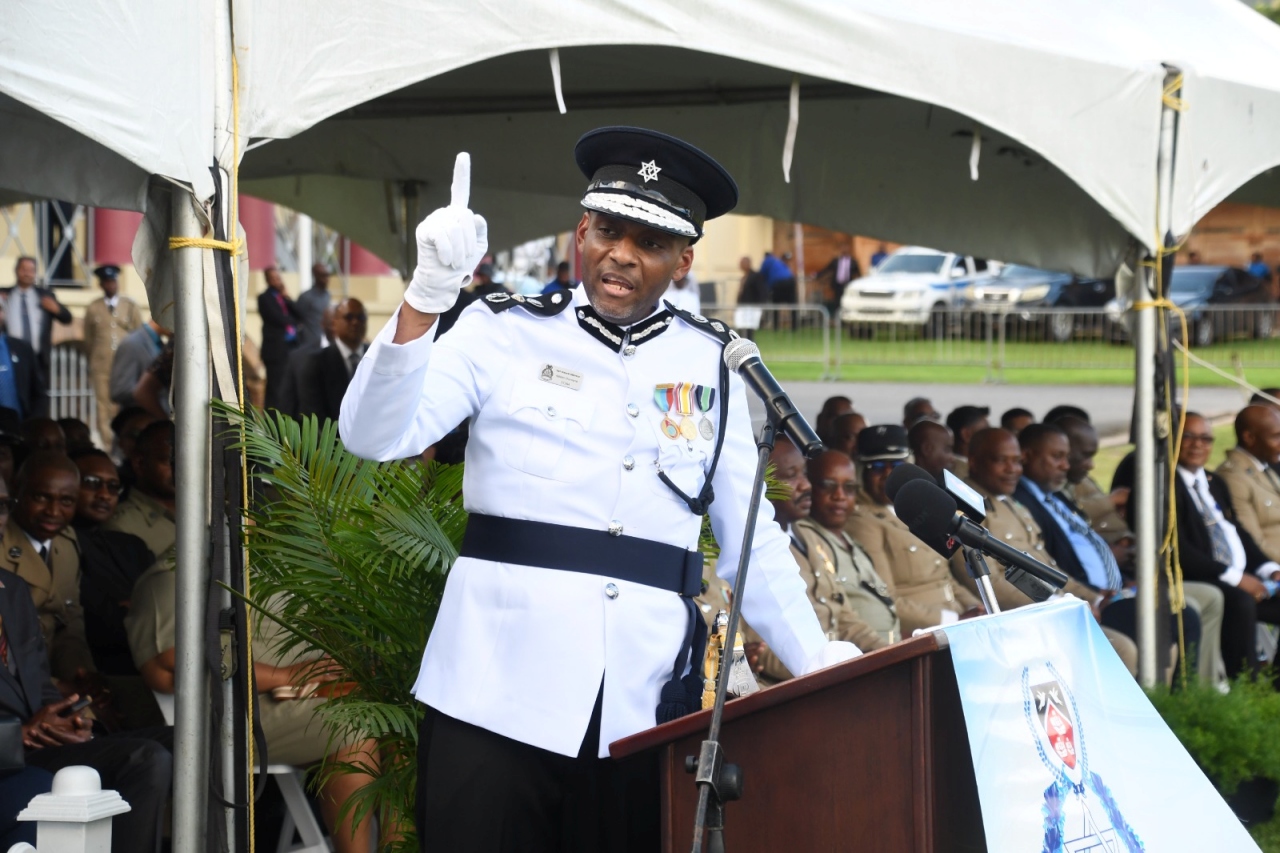

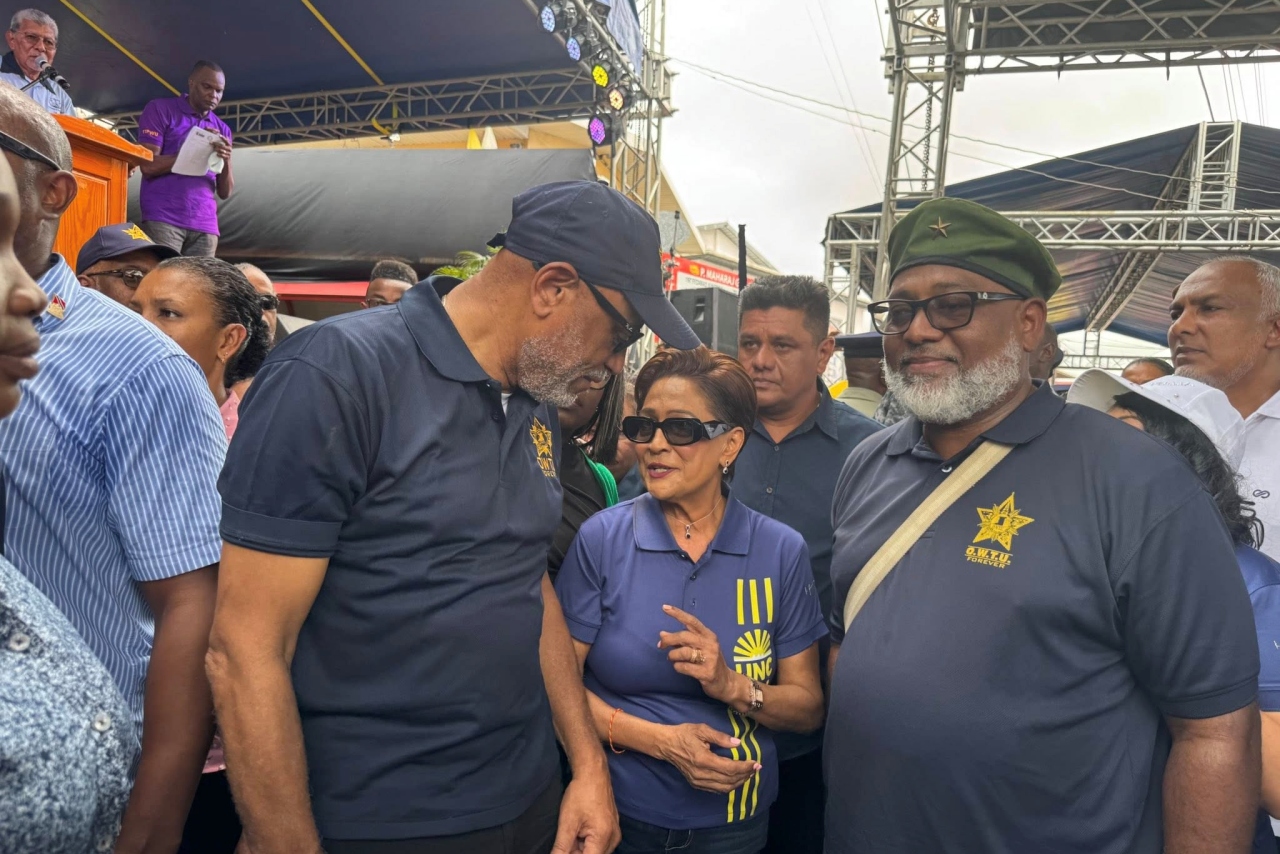
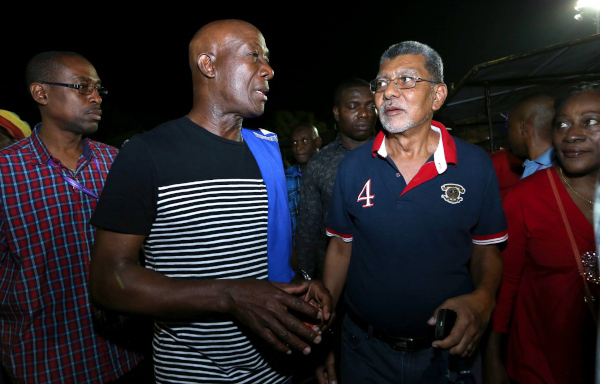
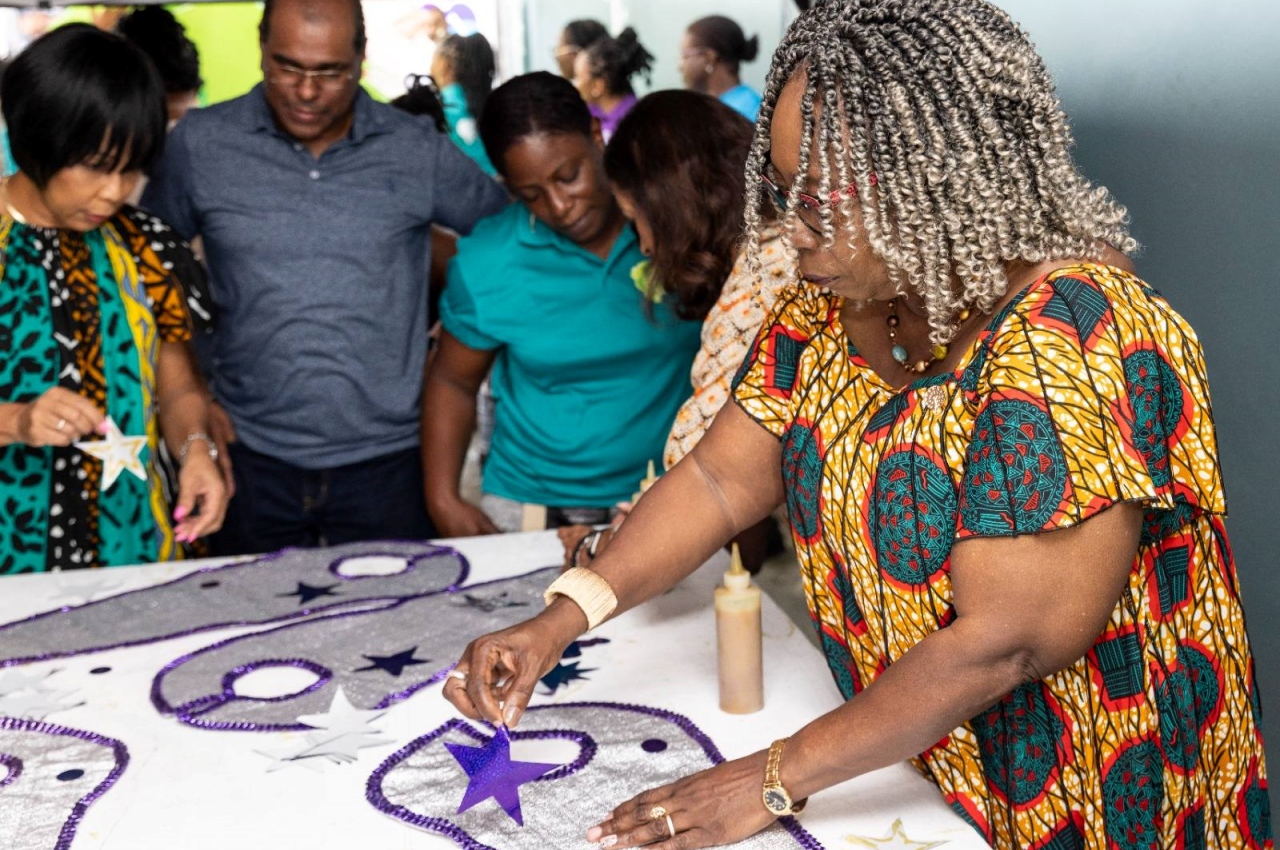

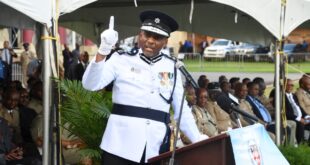
Great information being shared.
Continue to do good
Thanks,
Yours respectfully
KD
Feels like there are missing elements in the story, though I can’t quite put my finger on it.
For sure it would be useful to read the poem, if it can be located.
There seems to be s mix-up with the timeline. After April 21st 1970, there were no more demonstrations.